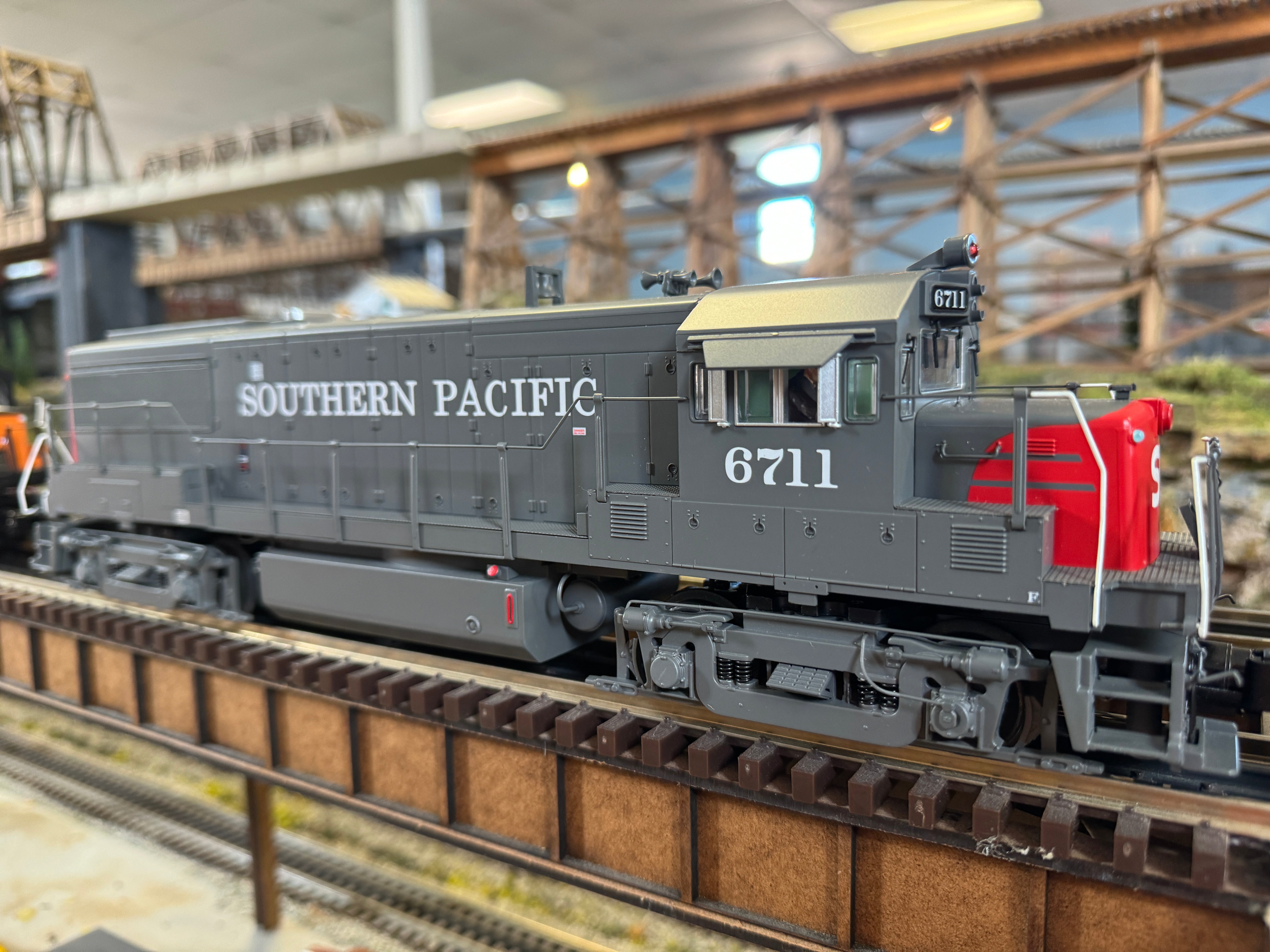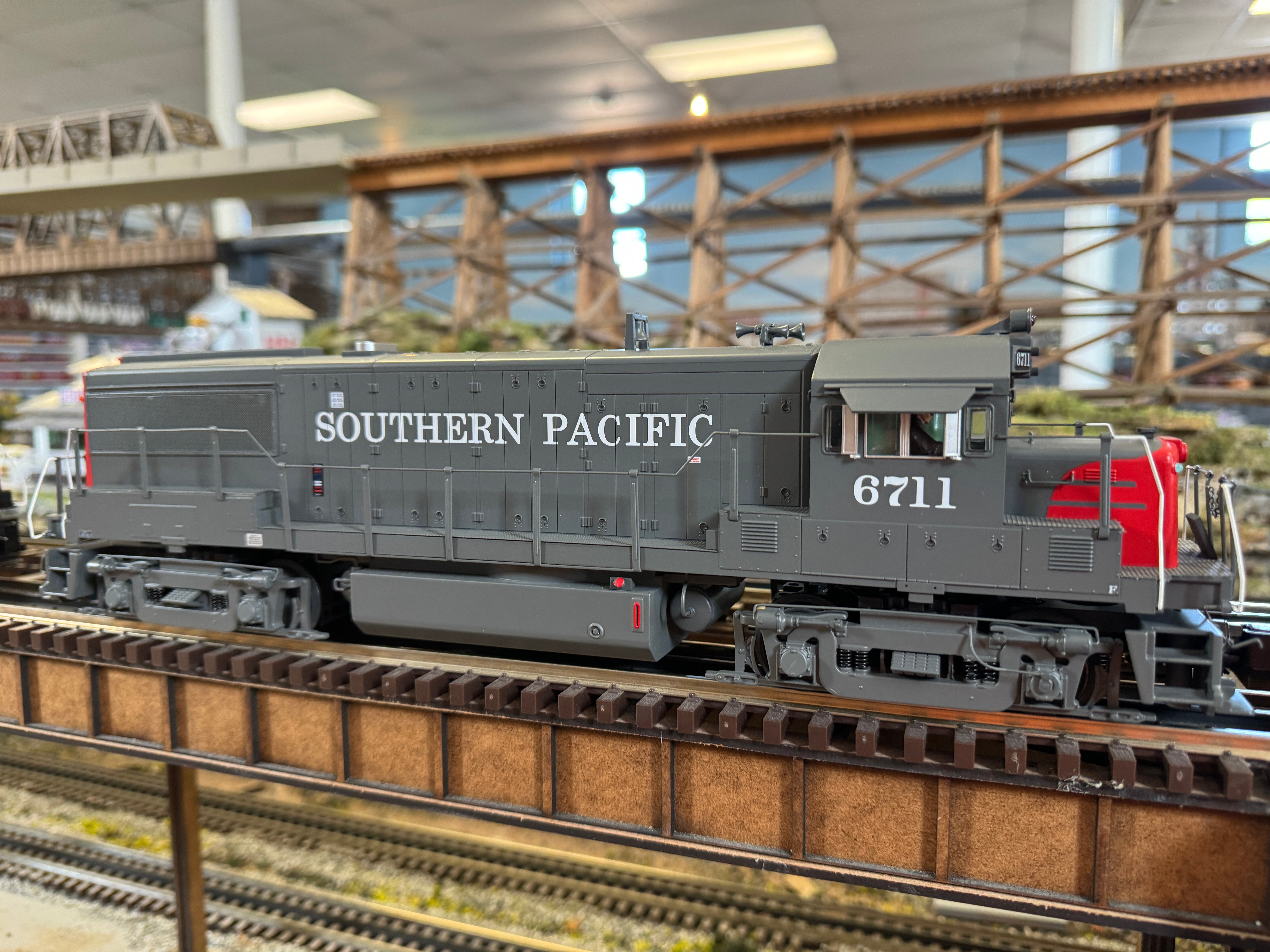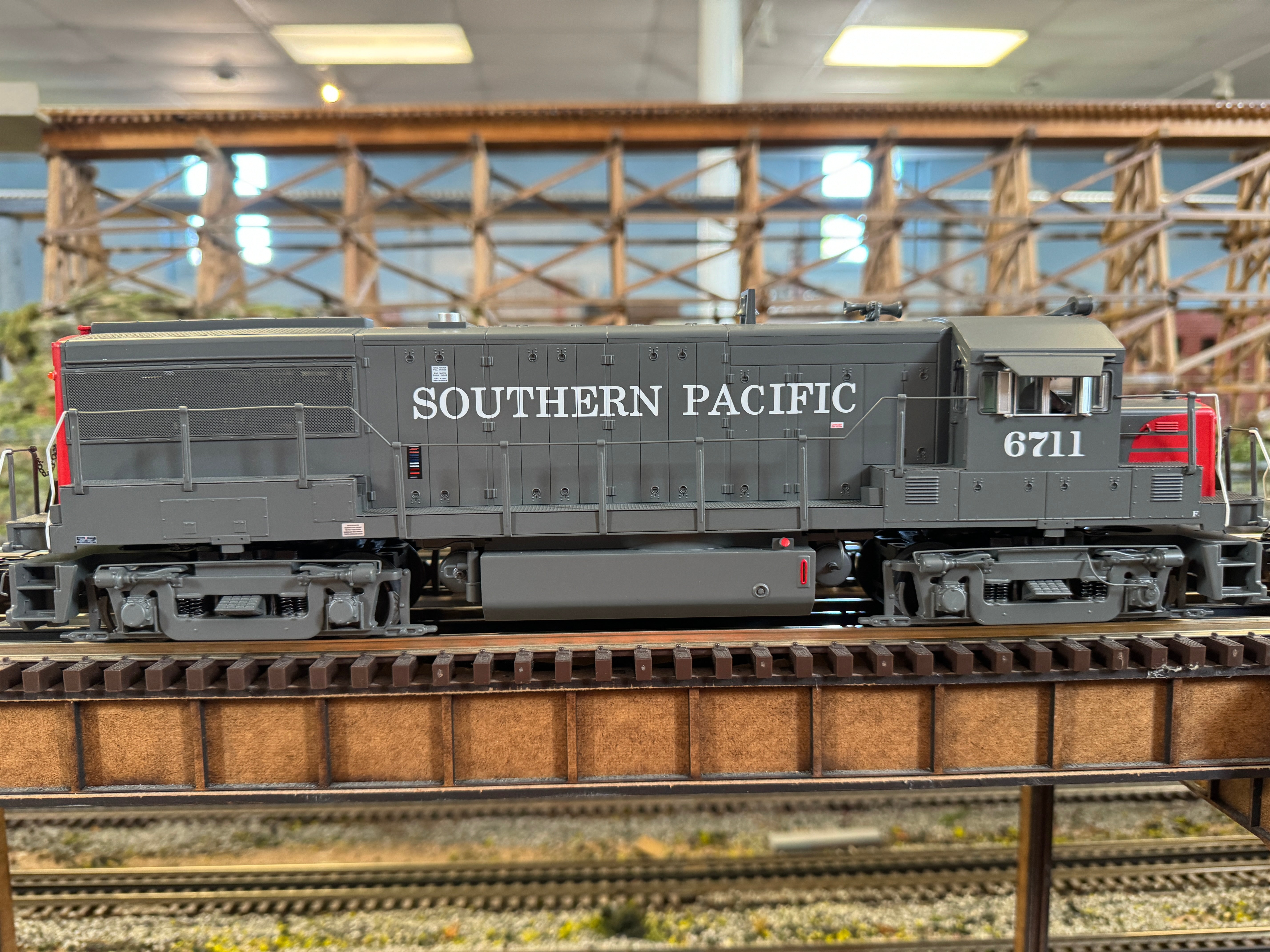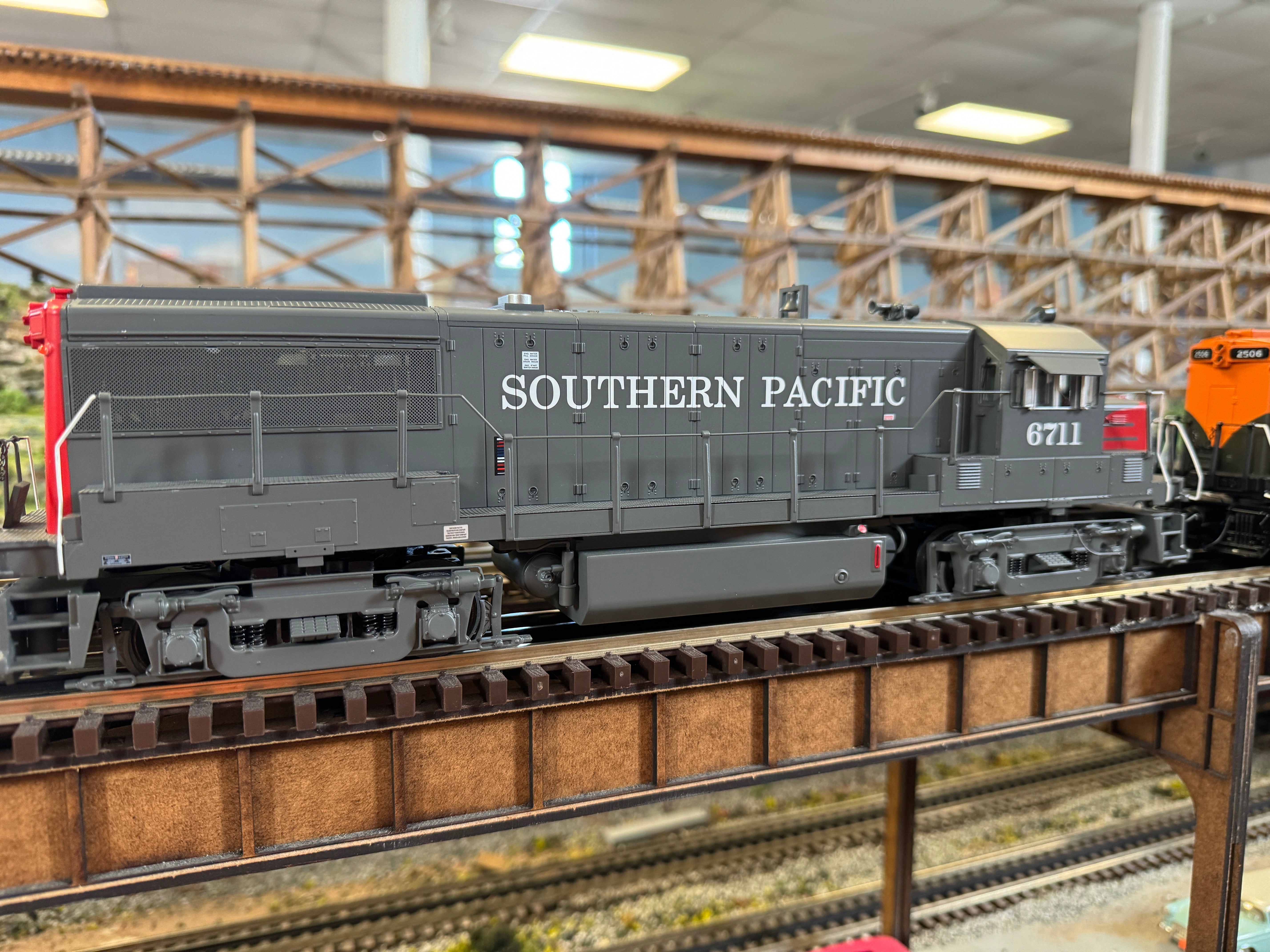Love it? Add to your wishlist
Your favorites, all in one place. Shop quickly and easily with the wishlist feature!
[message]
[title]
[message]









Announcement Date:
Guaranteed Pre-Order Due Date:
Expected Delivery Date:
Individually Boxed:
| Announced Date: | Aug 2023 |
| Released Date: | Aug 2024 |
| Individually Boxed: | Yes |
Diesel DCC Features
By 1960, EMD — the Electro-Motive Division of General Motors — looked like the clear winner in the race to dieselize America. ALCo was running a distant second, Baldwin was gone, and Fairbanks-Morse was on life support. General Electric, having dissolved its partnership with ALCo in 1953, had seemingly settled into a secondary role as supplier of electrical gear to other manufacturers and builder of small export locomotives. What nobody realized was that GE had quietly been preparing a comeback of such epic proportions that in little more than two decades it would overtake EMD as America’s number one locomotive builder — a lead that continues to this day. GE’s comeback engine was the U25B.
The year after its breakup with ALCo, GE had begun testing an A-B-B-A diesel set on the Erie Railroad, powered by Cooper Bessemer prime movers; GE had purchased the rights to refine and develop the motors on its own. What the world assumed was an experimental export engine was in fact a rolling laboratory aimed at developing a heavy freight locomotive that would be more powerful, more reliable, and require less maintenance than the competition. When the U25B (Universal Series, 2500 horsepower, 4-wheel trucks) debuted in 1960, its turbocharged 4-cycle, 16-cylinder diesel outperformed its rivals by 100hp. More important, its modular electronics were more reliable than those of contemporary engines and, according to GE, used up to 60% fewer components. And while the louvered flanks of competitive diesels concealed numerous air filters that required frequent cleaning, the “U-Boat,” as it came to be called, featured a central cooling air system with a self-cleaning filter. The carbody was pressurized to keep dirt out of the machinery, and the locomotive featured an advanced wheel-slip system. Together, these features helped define the second generation of diesel power, which would replace the F-units, Geeps, and other pioneering engines that were wearing out.
Because the railroad industry was in a slump, not a single U-boat was sold the first year. In 1961, four demonstrators barnstormed across the West, and the Union Pacific placed the first order. At the request of Southern Pacific, the original high short hood design was replaced by a low short hood for better visibility, and in 1962 sales began to take off. By the end of production in 1966, 17 Class 1 railroads would purchase U-boats and GE would be solidly in the locomotive business.
M.T.H. returns our superbly detailed model of America’s first second-generation diesel. Per prototypes, our models will replicate both the “classic” U25B with its wide windshield and flat-top nose, and the later-production version with split windshield and sloping nose.
177 W Main St
Atlanta, IN 46031
765-292-2022
support@mrmuffinstrains.com
Sign up for our newsletter and be the first to know about coupons and special promotions.
© 2025, MrMuffin'sTrains Powered by Shopify
